What is snow retention and how is it used?
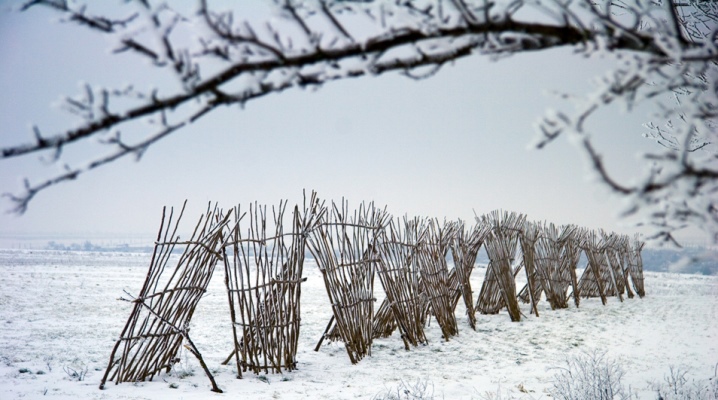
Many gardeners and gardeners use shields and other devices for snow retention in their plots or summer cottages. What is snow retention and how is it used? The answers to these questions will be useful for those who are engaged in agriculture.
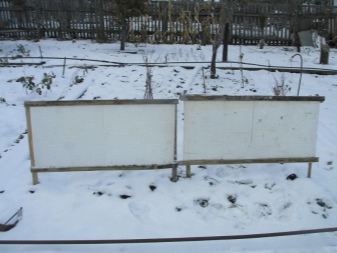
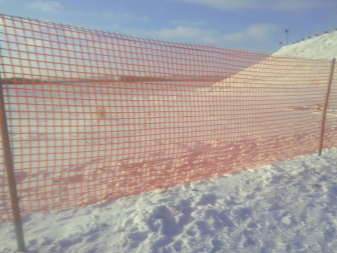
What is snow retention?
Snow retention - a number of measures to regulate snow melting, with the help of which it is possible to keep and accumulate enough snow in fields, household plots, in gardens.
This helps the plants survive frost damage and ensures that the soil has moisture. The soil covered with a layer of snow is least exposed to wind erosion, moisture due to this snow cover helps to carry winds, which can be quite strong in spring.
This technology is one of the best heaters on land, therefore, snow retention has been widely used in agriculture for a long time. Summer residents, in turn, also often use this technology, since melt water promotes better plant growth, they look healthy and rarely get sick.

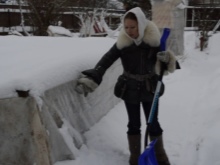
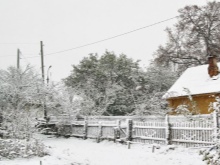
Why do you need it?
Carrying out a procedure such as snow retention in winter is necessary to obtain an effective result. Let's consider the positive aspects of this method.
- Providing warmth... The winter sowing covered with snow is reliably protected from frost and weathering.
- Providing plants with moisture... With the arrival of spring and a smooth change in temperatures, the snow melts gradually, which allows water to penetrate deep into the soil and reach the roots, which lie deep enough.
- Protecting tree and plant trunks from strong and cold winds, which can freeze the bark, as well as from sunburn.
- Increases plant resistance to frost... If the snow layer is, say, 10 cm, then every 1 cm increases the plant's resistance to frost by 1 degree.
In order to understand the benefits that can be obtained from snow retention, it can be noted that from 1 kg of snow, approximately the same amount of melt water is obtained.
It contains useful elements such as phosphorus and nitrogen. So, by providing such watering to your plants, you are giving the opportunity for natural fertilizers to strengthen them.
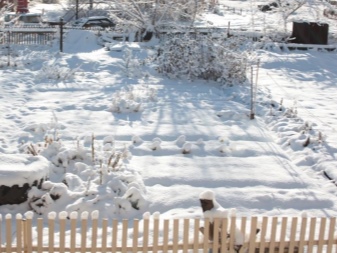
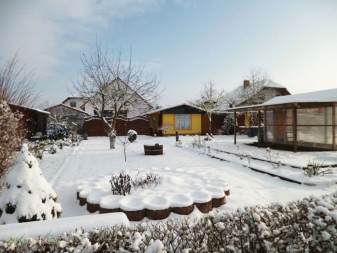
Melt water has an incomparable advantage, all nutrients and moisture are delivered to plants at the best time for this. Assimilation and absorption occurs naturally. The main supplier of trace elements and, in general, plant nutrition at the beginning of the growing season is melt water.
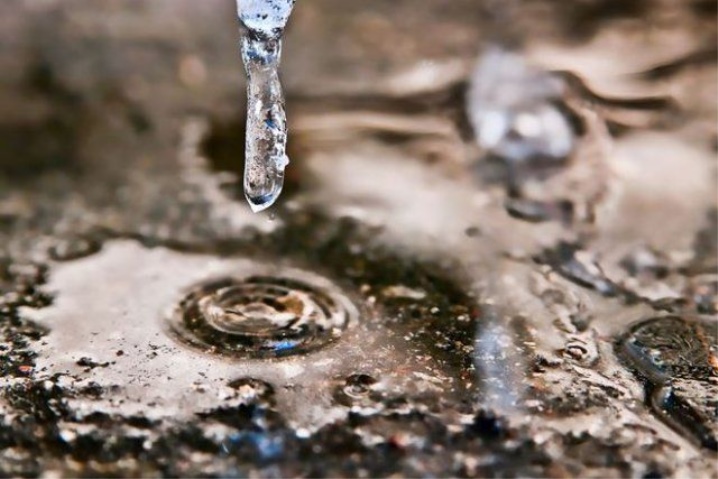
Organization methods
To ensure snow retention, organizational work is necessary start in late autumn or early winter, the best time will be when the snow is already falling, but there is no severe frost and freezing of the soil. If there are hills or slopes on the site, then it is these places that must be provided with snow. Since with the arrival of spring, when the snow begins to melt, it will not be absorbed into the ground, but will simply flow down the slopes. Consider the most effective and common ways to ensure snow retention.
- Windscreens. They are shields made of completely different materials and sometimes from improvised means. Shields with parameters: width - 1-2 meters, height - 1-1.5 meters. Most often they are installed in a checkerboard pattern.
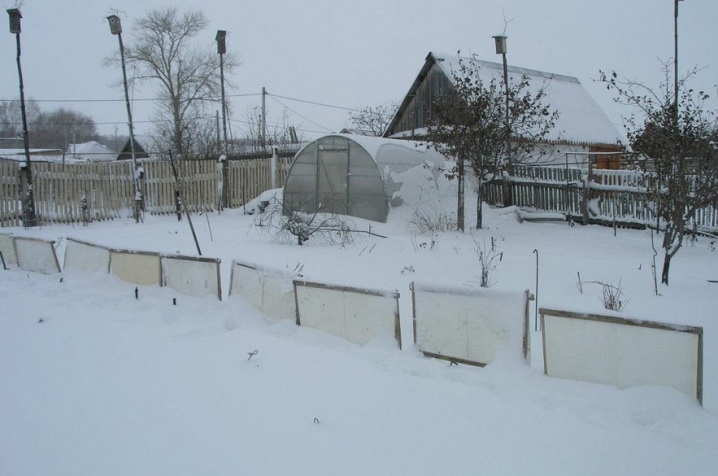
- Branches of conifers. The place for placing spruce branches is most often flower beds, beds of any size, shrubs and tree trunks. A significant plus of this method is that when the area where the branches of coniferous trees lay with snow has covered with snow, they can be carefully pulled out and reused in another place.

- Tops, cut branches, stalks of corn, sunflowers, or other large plants. All this must be laid out in the same way as the spruce branches, in places where it is necessary to retain snow. Sometimes such plants are planted around the perimeter of the plots and simply do not remove them until spring.
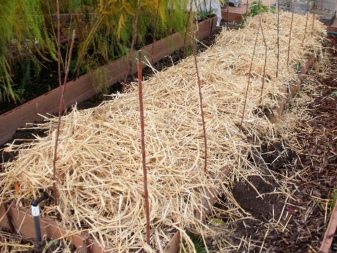
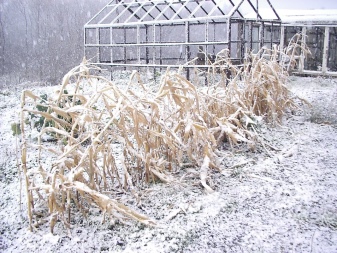
- Snow shafts. After a heavy snowfall, snow banks with a height of 30-50 cm are formed. They can be made using medium-sized equipment in the form of a walk-behind tractor or a mini-tractor, or using a simple hand shovel. In the same way, you can keep snow around trees and bushes, forming a snow hill about a meter high.
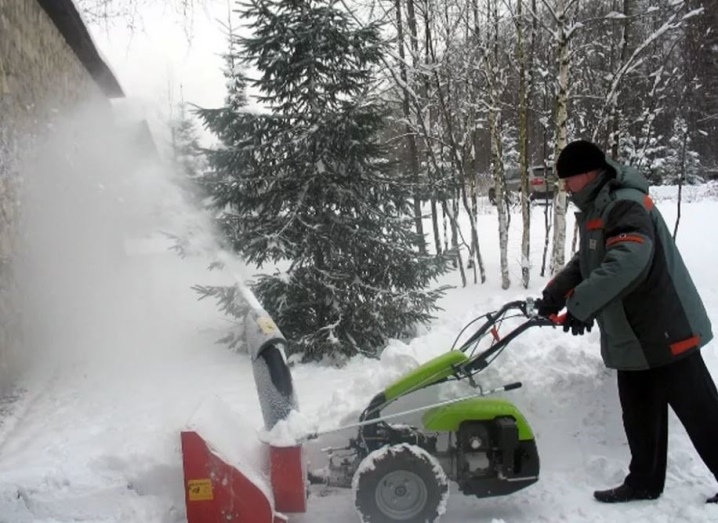
- Polymer mesh or snow mesh... A fence is formed from pillars in the desired area, and a polymer mesh is stretched between the pillars. The advantage of this design is that it can be easily transferred if there is enough snow on the desired area or when the wind direction changes.

- Wicker fence. An analogue of a grid, only made most often with your own hands from thick branches, which are used as pillars, and small branches, willow vines and thin sticks are used to weave the canvas. In the same way, you can make shields for snow retention.
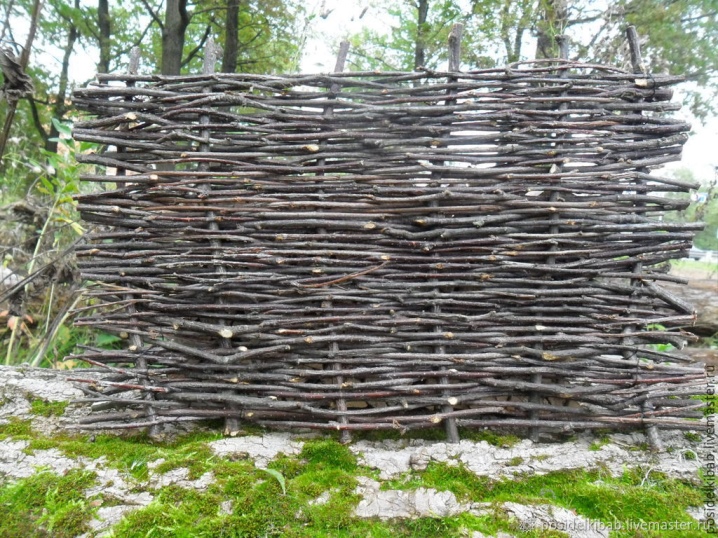
On the fields
Each land plot has its own characteristics that must be taken into account when organizing snow retention. A field that cannot be compared with a summer cottage or garden has its own specifics.
Due to the large area and open terrain, the task of snow retention is to collect at least a small layer of snow.
Snow retention work begins already in the fall, after the "chill" (autumn plowing of the field). This is done in order not to miss the snowy days and collect as much snow as possible in the field.
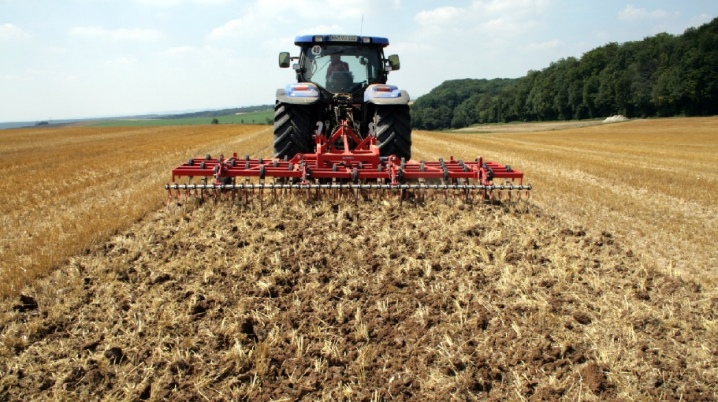
Consider the snow guards, which are most often used on large fields.
- Flat-cut soil cultivation. It is achieved by loosening with cultivators. After such treatment, layers of earth with remnants of plant stems remain on the surface of the field. This method is used mainly in regions where wind erosion prevails.

- Backstage steam. This technique involves planting backstage plants such as corn, mustard, sunflower and others. The planting of the wings occurs in late spring or summer, and winter crops are already planted across the wings in a continuous layer. Most often, planting of curtain plants is used in areas with strong winds and dry summers.
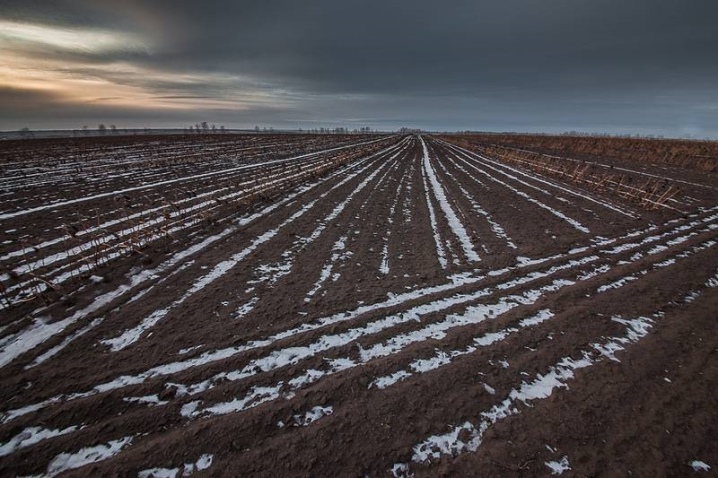
- Formation of snow banks. To use this method, you need to seek help from heavy equipment, which is called "snowfall". It is an angled, two-plane attachment that attaches to the tractor and plows the snow to form two snow ridges all the way. This increases the time for snow melting and creates an additional obstacle for the wind.
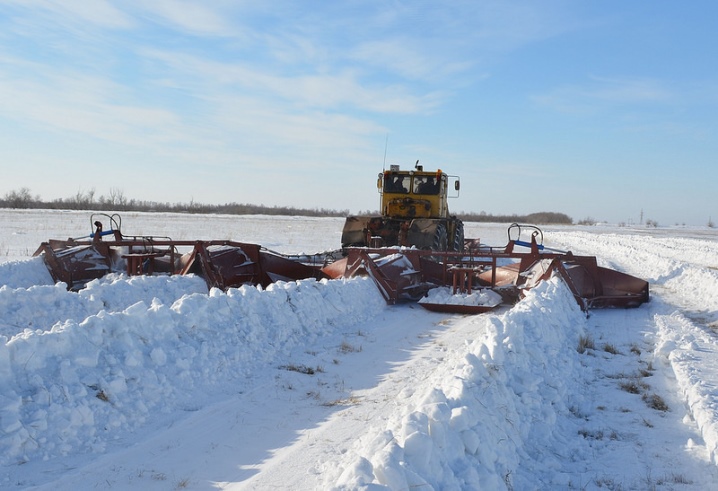
- Joint landings. Together with winter crops, narrow rows of other crops are grown. This method of keeping snow in the fields requires double seeding. Additional plants are planted at the end of summer, and winter crops are already in the normal period, but care must be taken that weeds do not grow and the fields are cultivated accordingly.
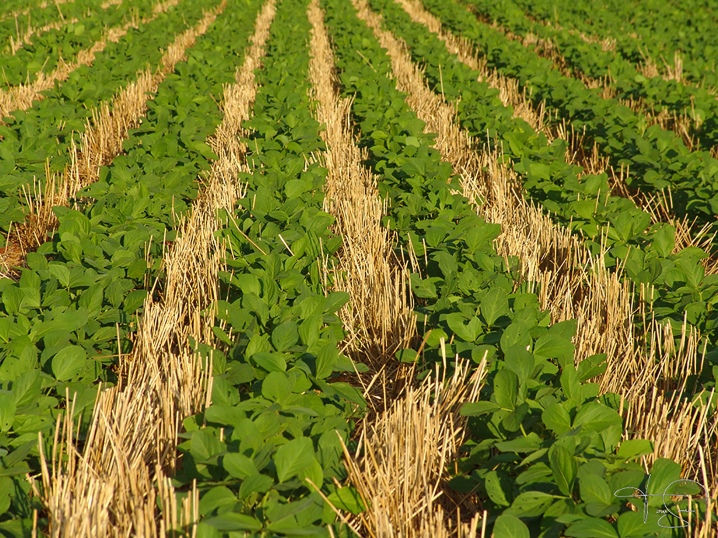
Location on
In the summer cottage, in the garden and in the garden, you can also use snow retention technologies that are used by agricultural producers in the fields. To play backstage shrubs are planted around the perimeter, where low-growing berries grow. With the help of such a planting, snow is kept in winter, and in summer the plants are protected from the sun's rays.
You can also resort to arrangement of shields, materials and structures... To create them, everything that is at hand is suitable: sheets of plywood, shingles, corn trunks, boards, slate. The recommended height of the boards is from 50 to 100 cm. In the country, you can also resort to using spruce branches.
The recommended height of the boards is from 50 to 100 cm. In the country, you can also resort to using spruce branches.
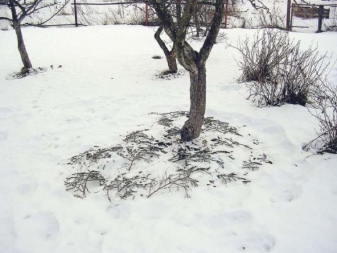
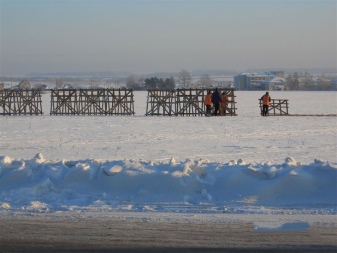
Snow retention in the garden differs in timing from summer cottages and fields... Preparation begins in February, when the snow is already quite thick. This rule should be taken into account primarily for areas with slopes, so that the fertile layer does not move when the snow melts. For this, corn stalks are used, the plants are formed into triangles and laid across the slope.
In the garden, all the same methods are used as described above. But gardeners rely more on the layout of the site, and depending on this, they plant some plants. Strawberries and raspberries are planted near outbuildings, where snow is trapped in a natural way. And in those places that are open and exposed to winds, currant bushes are planted.
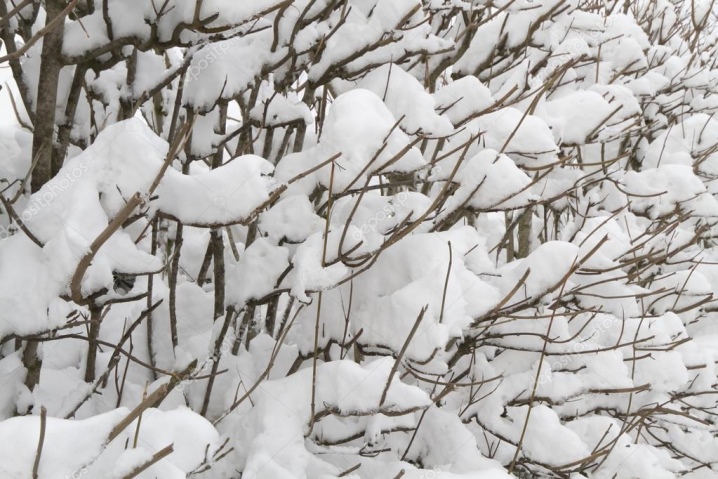
Tips from experts
Experts recommend using measures for organizing snow retention where they are really needed. Make observations, see how the snow behaves in your area. Also no need to resort to drastic measures, a large number of devices in the form of shields, spruce branches and all kinds of nets can be made by hand.
You will learn how to keep snow on the site from the following video.



































































The comment was sent successfully.